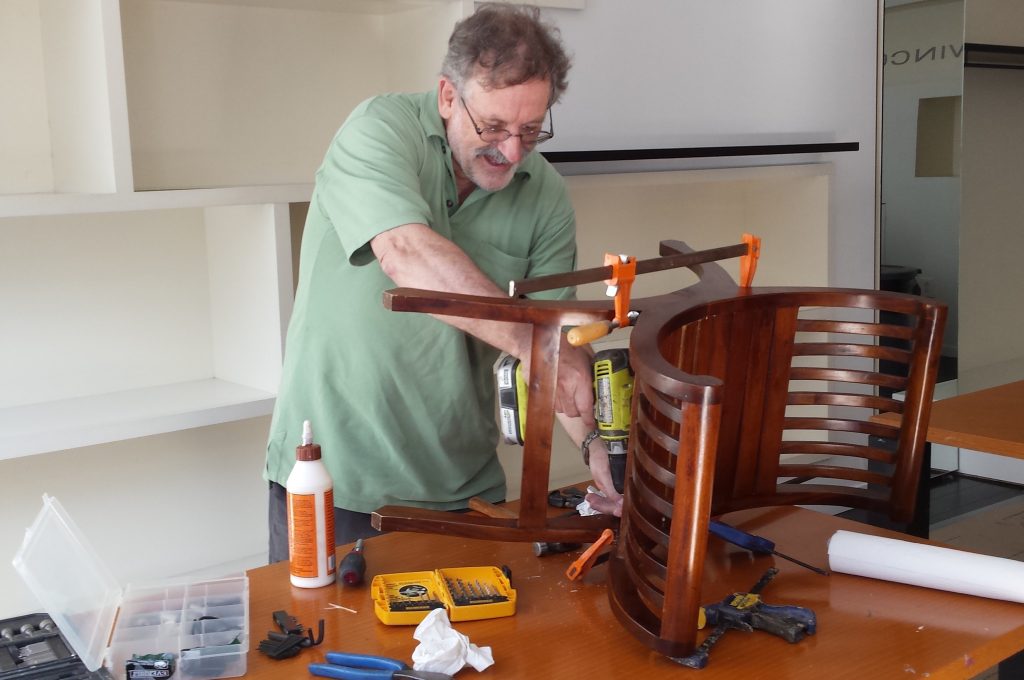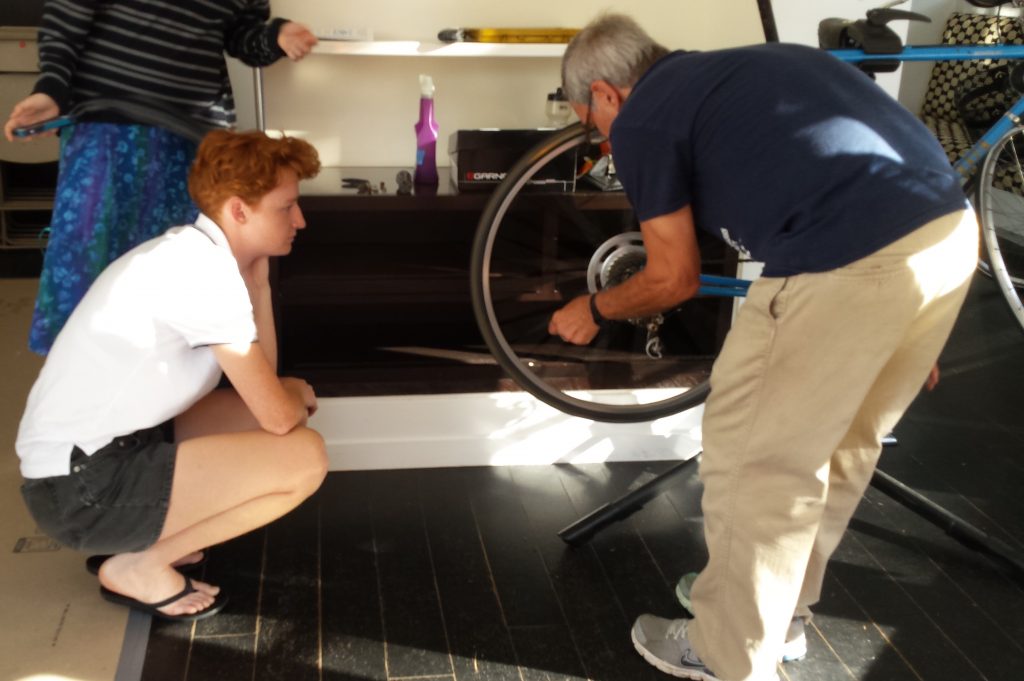We throw away vast amounts of stuff. While some of this is unavoidable, our landfills are full of items that simply needed a quick repair to extend their usefulness.
To reduce your footprint, shop responsibly and learn how to extend the life of your items.
Shop sustainably.
- Look for things ‘built to last.’ Start by avoiding poorly-constructed items that will head to the landfill too soon. Invest upfront in things that last for the long-term.
- Think before you shop. Do you really need it? Consider if you can freshen up an old outfit, repurpose something you have, or borrow the item from a friend.
- Consider the product’s footprint. How was it made? What products were required and where did they originate? When available from the manufacturer, a life cycle analysis describes a product’s cradle-to-grave environmental impact.
- Analyze products. From carpets to paint and insulation, the EPA offers a sustainable buying guide for several categories of products and services.
- Look for labels. Seek out and trust the following certification labels for eco-friendly products:
- EnergySTAR for appliances
- Forest Stewardship Council (FSC) for wood or paper products
- EPEAT registry for electronics
- Green Seal for hotels, restaurants, and cleaning products
- Think twice. Not all green claims can be taken at face value. The FTC has noted that claims need to be backed up with proof and seals with solid standards. If this guarantee isn’t readily available, request it from the company or file a complaint with the FTC. For more information, check out the FTC’s guide to shopping green.


Maintain and Repair.
- Mend clothes and textiles. Simple mends are just that, simple. Take on that small sweater hole or darn those socks to give them extra life. If you want to learn more complex sewing, look for classes at the Princeton Adult School, Princeton Arts Council, and the local JOANN location.
- Wash appropriately. To prevent damage from heat, hang underwear, workout clothes and other elastic clothing up to dry. Use low heat for everything else.
- Freshen up furniture. Wood glue, markers, and wood fillers can solve most simple repairs of wooden furniture. For upholstered furniture, clean old fabrics or find a matching slipcover.
- Maintain regularly. Follow manufacturer’s recommendations to help electronics, appliances, vehicles and many other items achieve a long lifetime.
- Repair electronics. Broken gadgets, vacuum, or toaster? Ask neighbors for skilled repair professionals or search on Yelp and Angi. Also, be on the look-out for repair cafes.
Donate.
- Your trash could be someone else’s treasure. Passing along items with life left in them extends the item’s life, and helps the planet by reducing the need for more items to be made.
- Learn more. Visit our Donations webpage.
Did you know?
Do you really need it? The EPA estimates that 42% of U.S. greenhouse gas emissions are associated with our food and goods — the energy used to produce, process, transport and dispose of our products really adds up.
Purchasing responsibly. The EPA has recommended specific standards and ecolabels to streamline the purchase of sustainable products across the government. This is important — the federal government is the single largest purchaser in the U.S.




